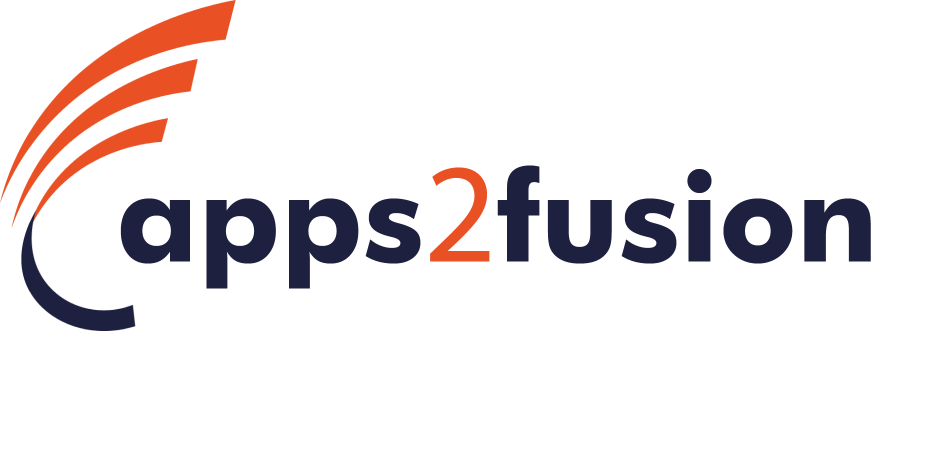Forum Discussions
Hello All
Oracle EBS R12 and Oraclr fusion cloud have different way to define GL cross validation rules. in Oracle EBS we use include /exlude logic and we use condition/validation logic in fusion cloud. I am trying to figure out high level mapping or transformation logic for it. The purpose of it is to use it to develop interface from EBS to clould or conversion programs for it. Any help will be appriciated
Regards
Vipul
In Oracle EBS R12, GL cross-validation rules are defined using include/exclude logic. These rules specify which segments are allowed or disallowed in a combination by including or excluding specific values for each segment. This approach allows you to define specific combinations that are valid or invalid based on the values in each segment.
On the other hand, in Oracle Fusion Cloud, GL cross-validation rules are defined using condition/validation logic. Instead of explicitly including or excluding values, you define conditions or validations for each segment. These conditions specify the rules that must be satisfied for a combination to be considered valid. The condition logic typically involves using operators such as equals, not equals, greater than, less than, etc., to define the rules.
To map or transform the GL cross-validation rules from Oracle EBS R12 to Oracle Fusion Cloud, you will need to analyze the existing include/exclude logic in EBS and convert it into condition/validation logic in Fusion Cloud. Here's a high-level approach you can follow:
- Analyze the existing cross-validation rules in Oracle EBS R12. Understand the include/exclude logic and identify the specific values and combinations that are allowed or disallowed.
- Identify the segments and their corresponding values in EBS. Make a note of the rules defined for each segment and the relationships between the segments.
- Understand the segment structure and values in Oracle Fusion Cloud. Identify the corresponding segments and their values in Fusion Cloud.
- Define the condition/validation logic in Oracle Fusion Cloud based on the rules and relationships identified in step 2. Convert the include/exclude logic into conditions using operators such as equals, not equals, greater than, less than, etc. You may need to use logical operators (AND, OR) to combine multiple conditions.
- Test the cross-validation rules in Oracle Fusion Cloud to ensure they are working as expected. Validate the combinations against the defined conditions and verify the results.
It's important to note that this mapping or transformation process requires a thorough understanding of the GL structure and cross-validation rules in both Oracle EBS R12 and Oracle Fusion Cloud. It's recommended to consult the documentation and seek assistance from Oracle support or a knowledgeable Oracle consultant to ensure accuracy during the conversion process.
Thanks & Regards,
Training Operations Team
Thank you for reply. The way you sugegsted needs human resource/human intervenation . We are trying to develope it in porgramatical way without human interveneation with help of PL/SQL . I did some assessment and Looks like PL/SQL can support this interface or conversion program. We have the same COA structure in EBS as well fusion. So we just need to convert format from include/exclude to condition/validation. Both are in reverse way. But I hope PL/SQL developer can do it. Please share your view if you have any.
Regards
Vipul
- Retrieve the GL cross-validation rules from Oracle EBS R12, including the segments and their respective include/exclude logic. You can use SQL queries to fetch this information from the relevant EBS tables.
- Analyze the retrieved rules and identify the specific include and exclude values for each segment. Create a mapping or lookup table in your PL/SQL program to store this information.
- Define the condition/validation logic for Oracle Fusion Cloud. This involves converting the include/exclude logic into equivalent condition statements using operators in PL/SQL to define the conditions based on the mapped include/exclude values.
- Implement the PL/SQL program to iterate through the GL combinations in EBS and apply the condition/validation logic to determine their validity in Oracle Fusion Cloud. You will need to compare the values of each segment in a combination against the corresponding conditions defined in step 3.
- Generate the transformed GL combinations that satisfy the condition/validation logic. You can store the valid combinations in a separate table or use them directly in your interface or conversion program.
- Test the PL/SQL program thoroughly to ensure it accurately converts the GL cross-validation rules and produces the desired output. Validate the converted combinations against the condition/validation logic defined for Oracle Fusion Cloud.
It's important to note that the complexity of your GL cross-validation rules and the size of your data can impact the performance of the program. Therefore, it's recommended to optimize your PL/SQL code and consider any performance limitations during the development process.
Additionally, it's suggested to involve PL/SQL developers who are familiar with Oracle EBS R12 and Oracle Fusion Cloud. They can provide valuable insights and guidance during the development process.
Summary would be Using PL/SQL, you can certainly accomplish the conversion of GL cross-validation rules from include/exclude logic to condition/validation logic.
Hello,
Thank you for your interest in the Discussion Forum,
We hope we were able to resolve your query. We assure you that our team will always be there to help you with any queries.
Thanks & Regards,
Apps2fusion Team


